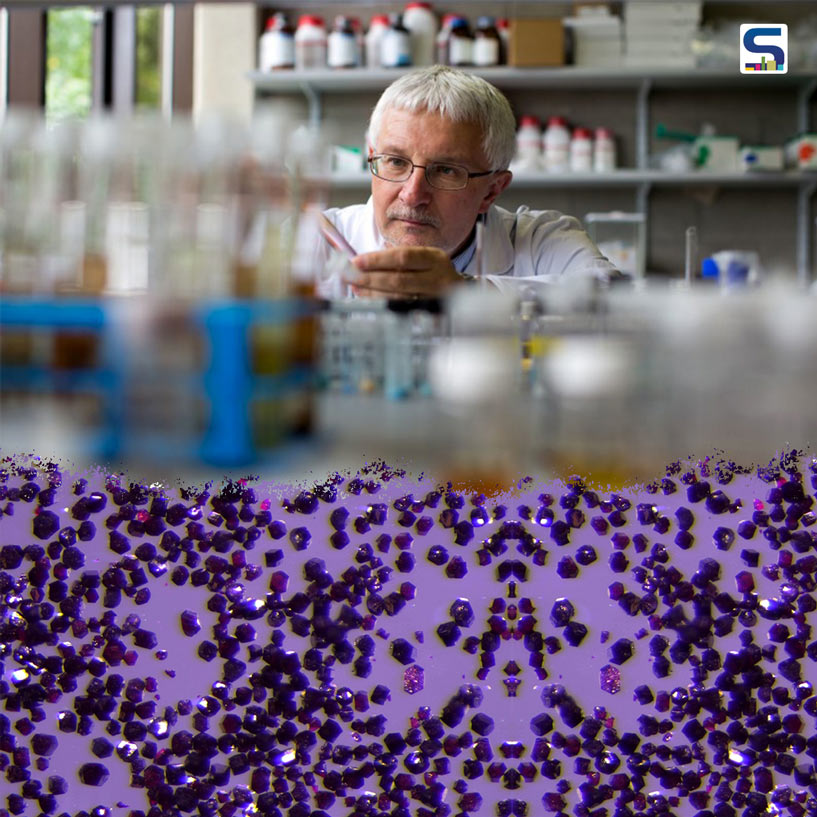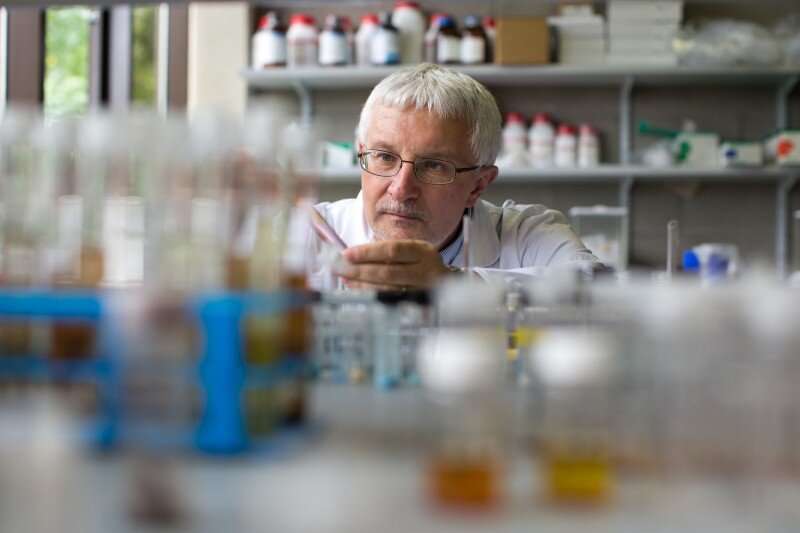
The researchers at the University of Limerick, Ireland, have developed a new material that can capture trace amounts of hazardous pollutants such as benzene from the air without using much energy. The material is porous and looks like a sponge that can help clean air by absorbing toxic pollutants available in the air and hence help combat climate change, the researchers believe. Read SURFACES REPORTER (SR)’s complete report below:
Also Read: Can This New Hot Storage Material Help Reduce Energy Bills? | SR Material Update
Professor Michael Zaworotko, Bernal Chair of Crystal Engineering and Science Foundation of Ireland Research Professor at the University of Limerick’s Bernal Institute along with his colleagues from leading universities in China, have formed a new porous material that can help fight against climate change by cleaning the air. European Research Council and Science Foundation Ireland funded the study.

Professor Michael Zaworotko, Bernal Chair of Crystal Engineering and Science Foundation of Ireland Research Professor at University of Limerick’s Bernal Institute.
Removes Volatile Organic Compounds from Polluted Air
Generally, removing Volatile organic compounds (VOCs), including benzene, is the most challenging task. This class of toxic pollutants causes critical environmental and health issues. There was no technology to eliminate benzene from the air at trace concentrations and with a very low energy footprint. However, the material will be a boon in this field to keep the atmosphere clean and healthy. The material can capture trace concentrations of benzene and keep the air cleaner.
“These materials could be regenerated easily under mild heating, making them candidates for air purification and environmental remediation. Our materials can do much better in both sensitivity and working time than traditional materials,” said Professor Zaworotko.

Dr Xiang-Jing Kong from the Department of Chemical Sciences at UL and the material that has been created - named BUT-55
According to the researchers, the material can trace and capture the toxic chemical even when available at just 1 part in 100,000.
Material Resembles Swiss Cheese
The material looks like Swiss cheese as it contains several holes and these holes actually attract the benzene molecules and trap them. Further, the capture process of the material relies on physical rather than chemical bonding. The energy footprint of capturing and releasing is much lesser than previously developed materials.
Talking about the specialty of the material, Professor Zaworotko says, “Breaking up gas mixtures is hard to do. This is especially true for the minor components that comprise air, including carbon dioxide and water. The properties of our new material show that breaking up is no longer hard to do for benzene.
Also Read: Designer Develops New Materials from Organic and Textile Waste| Adapt Materials | SR Decor
So, the new porous material will help address the challenges of both social and technical relevance, such as tracing benzene particles and removing them from the air. Traditional materials aren’t able to do that. Moreover, “Aromatic isomers are difficult to separate in their mixtures with traditional methods, which are always energy-intensive,” Dr. Xiang-Jing Kong explained.
So, in a nutshell, this study opens up possibilities to design more porous materials that can effectively and efficiently remove the chemicals from the air and with low energy inputs.
Keep reading SURFACES REPORTER for more such articles and stories.
Join us in SOCIAL MEDIA to stay updated
SR FACEBOOK | SR LINKEDIN | SR INSTAGRAM | SR YOUTUBE
Further, Subscribe to our magazine | Sign Up for the FREE Surfaces Reporter Magazine Newsletter
Also, check out Surfaces Reporter's encouraging, exciting and educational WEBINARS here.
You may also like to read about:
New Self-Cleaning BioPlastic Inspired By Lotus Leaf; Help Curbing Plastic Pollution | Australia | SR Material Update
A Plastic-Like Material Said to Be Stronger Than Steel 2DPA-1
Aura Cleaning Towers: Reducing Intake of Toxic Air
Bio-digital Urban Curtain Uses Algae to Clean Air in Cities
and more…